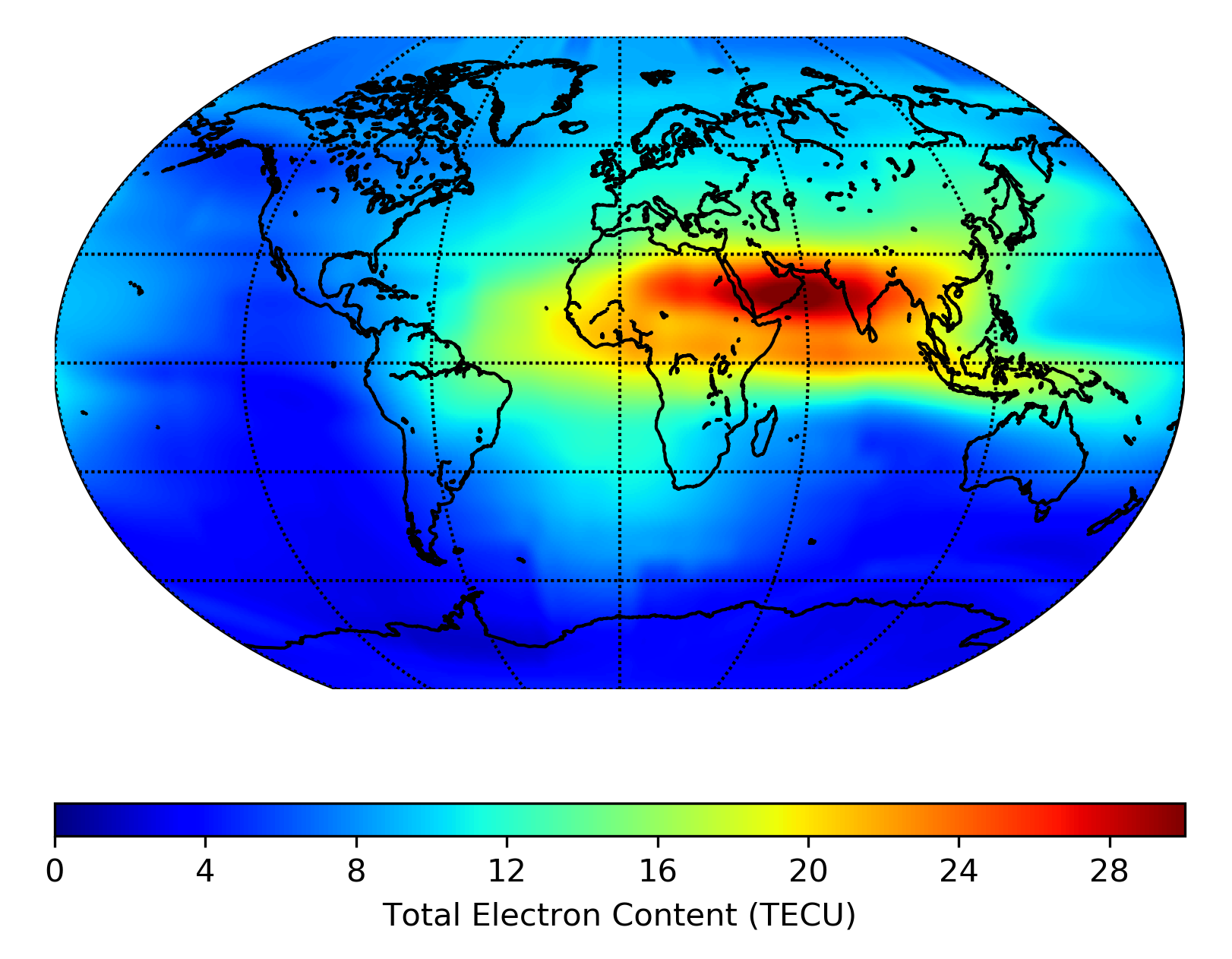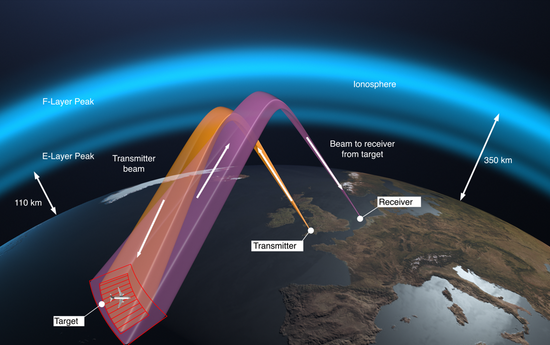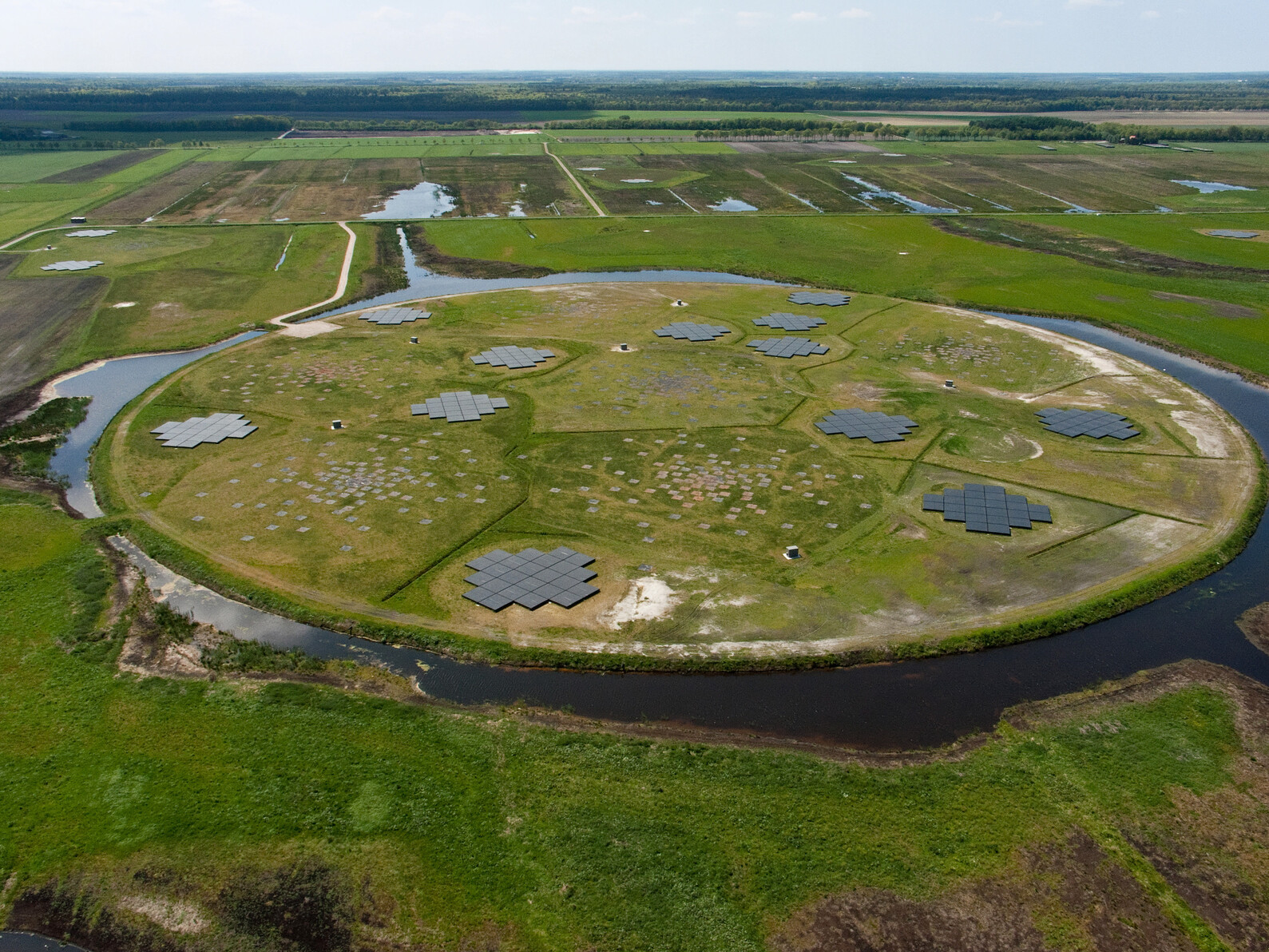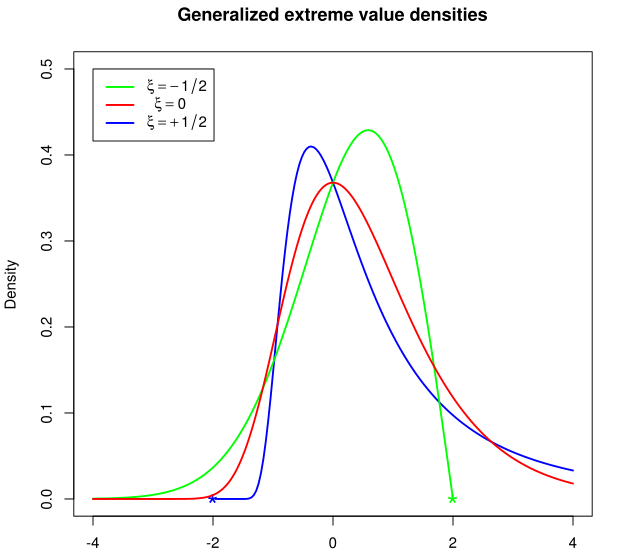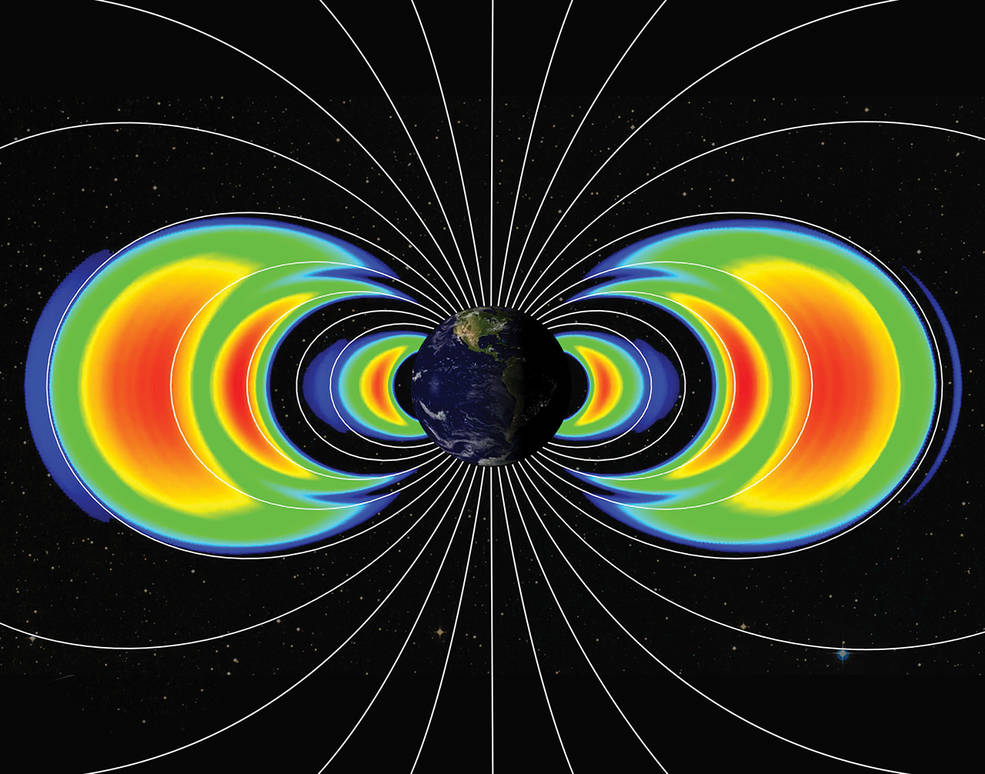Our Research
Find out more about upper atmosphere modeling, a key research focus of SERENE. We specialize in the development of statistical, first-principles, and data assimilation models, which are widely utilized in academia, government, and industry across (at least) 30 countries. Our cutting-edge models, such as E-CHAIM, A-CHAIM, AENeAS and AIDA, help explore the Sun's dynamic influence on Earth's ionosphere, enhance satellite communication and navigation, and advance our understanding of space weather phenomena.
Discover our innovative approach to enhancing Over the Horizon Radars (OTHRs), which operate in the high frequency (HF) band and rely on ionospheric reflections for long-range detection and tracking of targets. Our proposed networked OTHR (NOTHR) system overcomes limitations of conventional OTHR by detecting and tracking low-velocity targets, determining target velocity within a wide search area, and simultaneously monitoring multiple targets.
Learn more about our investigations into new ionospheric science with the state-of-the-art Low-Frequency Array (LOFAR) radio telescope. LOFAR's exceptional capabilities empower SERENE researchers to delve into small-scale ionospheric structures, refine phase screen modeling, and examine mesosphere-ionosphere coupling. LOFAR's high sensitivity and wide-field imaging enable us to detect and classify intricate ionospheric structures, providing crucial insights into the complex interactions between Earth's atmosphere and space weather.
Explore our cutting-edge thermosphere model, AENeAS, designed to tackle the pressing challenge of satellite collisions in Low Earth Orbit. Deployed at the UK Met Office, AENeAS provides accurate, actionable forecasts that enable better prediction of satellite orbits, ensuring the safety and longevity of these essential assets. By collaborating with industries, government agencies, and research institutions, we continuously refine our state-of-the-art model and contribute to the sustainable operation of vital satellite-based technologies in modern society.
Learn more aboput the impact of rare solar superstorms, which can cause significant disruptions to electricity grids, satellites, communications, and more. At SERENE, we are dedicated to understanding these low-probability, high-impact events and their potential consequences on the global economy and society. Our research focuses on using advanced mathematical techniques to estimate the occurrence of extreme space weather events, ultimately contributing to the development of strategies to mitigate their effects and protect our technological infrastructure.
Discover how researchers at SERENE are working to enhance space weather forecasting by investigating the effects of high-amplitude electromagnetic waves on particle dynamics in Earth's magnetosphere. These waves can energize plasma particles more rapidly than previously thought, posing risks to crucial satellite technologies. By incorporating this knowledge into a world-leading space weather model, SERENE aims to improve the safety and reliability of satellite-dependent systems in our increasingly interconnected society.
